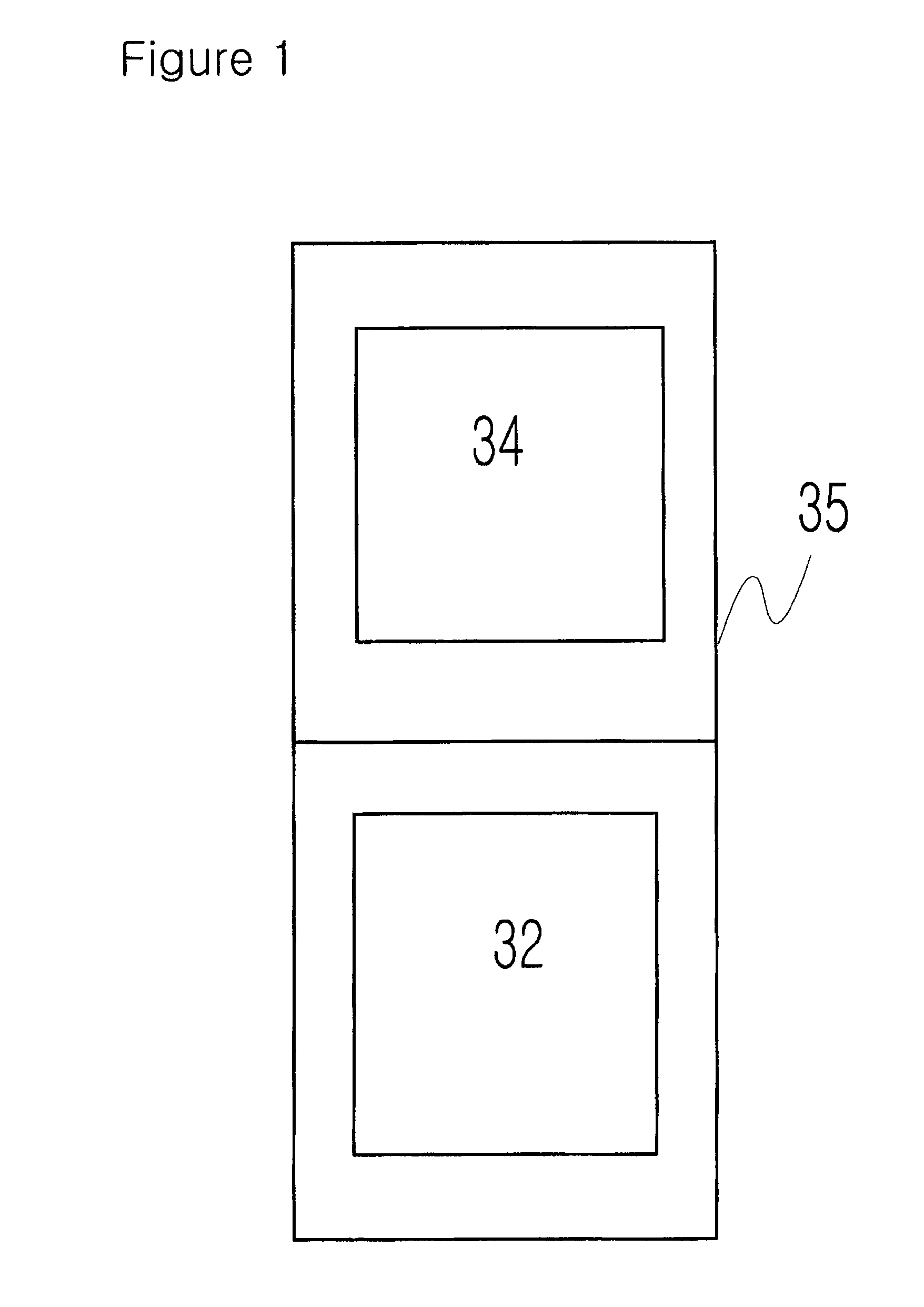Prediction-based distributed parallel simulation method
a distributed parallel and simulation method technology, applied in the field of prediction-based distributed parallel simulation method, can solve the problems of low performance, extremely slow simulation speed, and difficult debugging, and achieve the effects of reducing the total verification time, high execution speed, and increasing verification efficiency
- Summary
- Abstract
- Description
- Claims
- Application Information
AI Technical Summary
Benefits of technology
Problems solved by technology
Method used
Image
Examples
Embodiment Construction
[0219]The accompanying drawings, which are included to provide a further understanding of the invention and which constitute a part of the specification, illustrate embodiments of the invention and together with the description serve to explain the principles of the invention.
[0220]FIG. 1 is a schematic diagram of an example of the design verification apparatus in this present invention.
[0221]In FIG. 1, reference numeral 32 denotes verification software, reference numeral 34 denotes HDL simulator, and reference numeral 35 denotes computer.
[0222]FIG. 2 is another schematic diagram of an example of the design verification apparatus in this present invention.
[0223]In FIG. 2, a plurality of computers 35 are connected to computer network.
[0224]FIG. 3 is a schematic diagram of an example of the hierarchy of an ESL model and its corresponding hierarchy of a RTL model.
[0225]The design verification apparatus that can be used for applying the design verification method in the present inventio...
PUM
 Login to View More
Login to View More Abstract
Description
Claims
Application Information
 Login to View More
Login to View More - R&D
- Intellectual Property
- Life Sciences
- Materials
- Tech Scout
- Unparalleled Data Quality
- Higher Quality Content
- 60% Fewer Hallucinations
Browse by: Latest US Patents, China's latest patents, Technical Efficacy Thesaurus, Application Domain, Technology Topic, Popular Technical Reports.
© 2025 PatSnap. All rights reserved.Legal|Privacy policy|Modern Slavery Act Transparency Statement|Sitemap|About US| Contact US: help@patsnap.com



